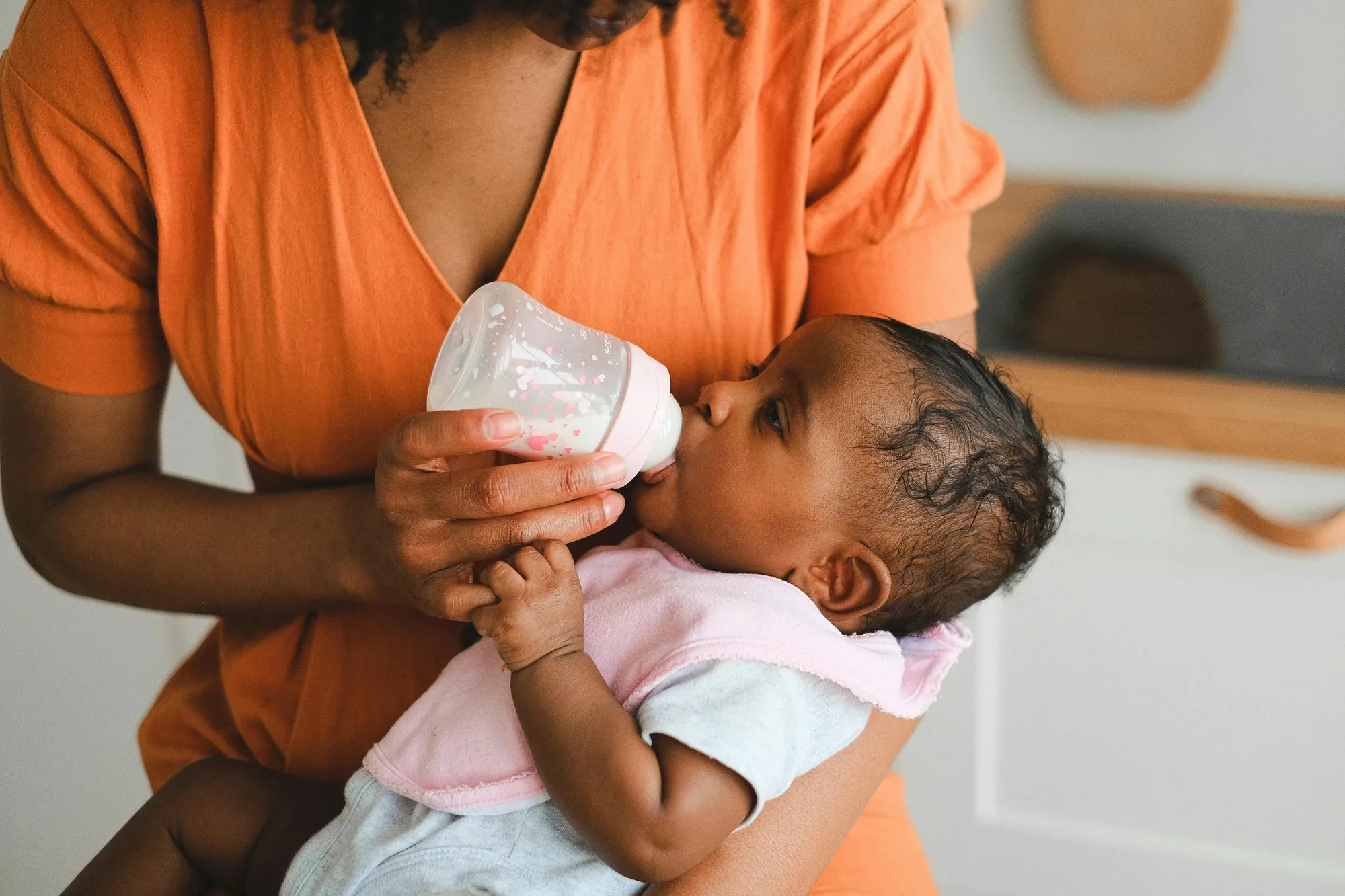Home
Pregnancy, Breastfeeding, and Pumping: The Ultimate Guide for Moms
How Long Do I Boil My Breast Pump Parts: A Complete Guide

How Long Do I Boil My Breast Pump Parts: A Complete Guide
When it comes to maintaining the cleanliness of breast pump parts, boiling is one of the most effective methods. But how long do you need to boil them to ensure they are safe for use? This guide will walk you through everything you need to know about boiling breast pump parts, including the correct duration, preparation steps, and additional tips for maintaining hygiene.
Why Boiling Breast Pump Parts is Important
Boiling breast pump parts is crucial for eliminating bacteria, viruses, and other contaminants that can accumulate on the surfaces. Since these parts come into direct contact with breast milk, which is then consumed by your baby, ensuring their cleanliness is paramount. Boiling is a simple yet effective way to sterilize the parts, especially if you don't have access to specialized sterilizing equipment.
How Long Should You Boil Breast Pump Parts?
The recommended duration for boiling breast pump parts is typically between 5 to 10 minutes. This timeframe is sufficient to kill most harmful microorganisms without damaging the parts. However, always refer to the manufacturer's guidelines, as some materials may have specific requirements.
Steps to Boil Breast Pump Parts
Follow these steps to ensure your breast pump parts are properly sterilized:
- Disassemble the Parts: Take apart all the components of the breast pump that come into contact with milk. This includes valves, membranes, bottles, and flanges.
- Clean Thoroughly: Before boiling, wash the parts with warm, soapy water to remove any milk residue. Use a brush to reach small crevices.
- Prepare the Pot: Fill a large pot with enough water to fully submerge the parts. Ensure the pot is clean and free from any food residues.
- Boil the Water: Bring the water to a rolling boil. Once the water is boiling, carefully place the breast pump parts into the pot.
- Set the Timer: Allow the parts to boil for 5 to 10 minutes. Avoid boiling for longer than necessary, as this could damage the parts.
- Remove and Dry: Use clean tongs to remove the parts from the boiling water. Place them on a clean, dry towel or a drying rack to air dry completely before reassembling.
Additional Tips for Maintaining Breast Pump Hygiene
While boiling is an effective method, there are additional steps you can take to ensure your breast pump parts remain clean and safe:
- Regular Cleaning: Clean the parts after each use to prevent milk from drying and sticking to the surfaces.
- Use a Sterilizer: If you prefer not to boil the parts, consider using a steam sterilizer, which is equally effective and often more convenient.
- Replace Worn Parts: Regularly inspect the parts for signs of wear and tear, such as cracks or discoloration, and replace them as needed.
- Store Properly: Store the clean, dry parts in a clean, covered container to prevent contamination.
Common Mistakes to Avoid
When boiling breast pump parts, it's easy to make mistakes that could compromise their cleanliness or durability. Here are some common pitfalls to avoid:
- Boiling for Too Long: Over-boiling can cause plastic parts to warp or degrade, reducing their effectiveness and lifespan.
- Not Cleaning Before Boiling: Boiling does not remove milk residue; it only kills bacteria. Always clean the parts thoroughly before boiling.
- Using Contaminated Water: Ensure the water used for boiling is clean and free from impurities.
- Improper Drying: Moisture can promote bacterial growth. Always allow the parts to air dry completely before reassembling and storing.
When to Seek Professional Advice
If you're unsure about the proper cleaning and sterilization methods for your breast pump parts, or if you notice persistent issues such as mold or unpleasant odors, it may be time to consult a healthcare professional or lactation consultant. They can provide personalized advice and ensure that your breast pump parts are safe for use.
By following these guidelines, you can ensure that your breast pump parts are clean, safe, and ready for use every time. Proper hygiene not only protects your baby's health but also extends the life of your breast pump components. So, the next time you ask yourself, 'How long do I boil my breast pump parts?' you'll know exactly what to do.
Share
